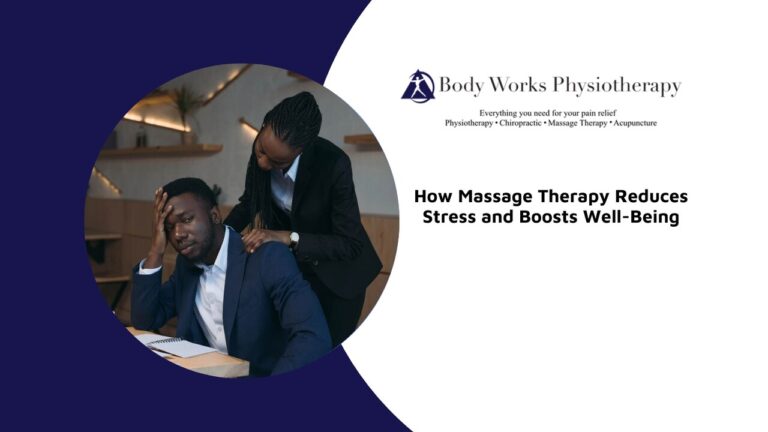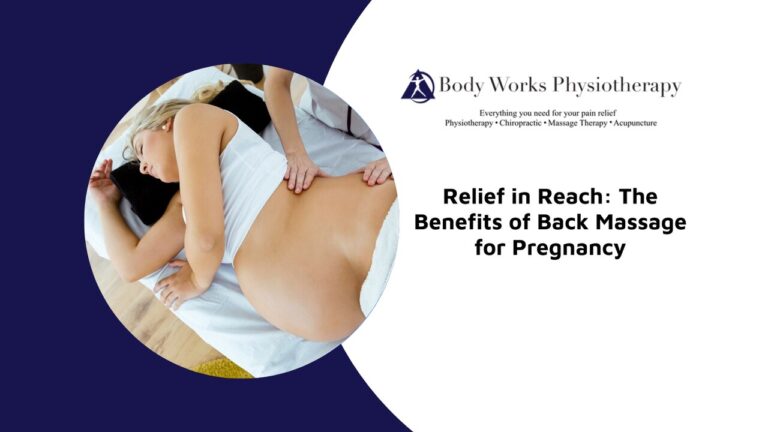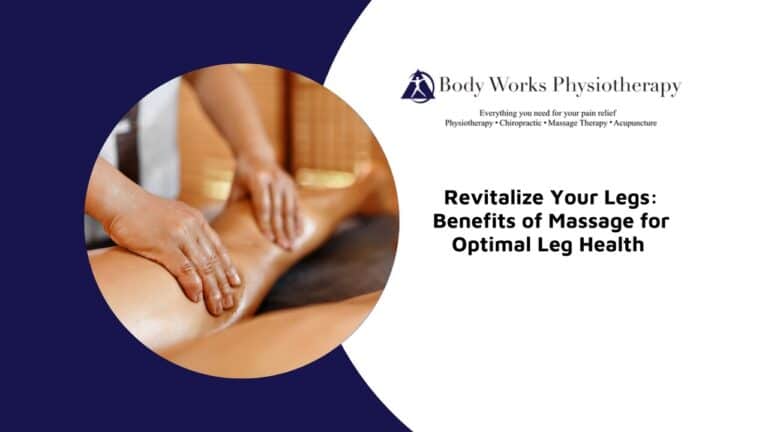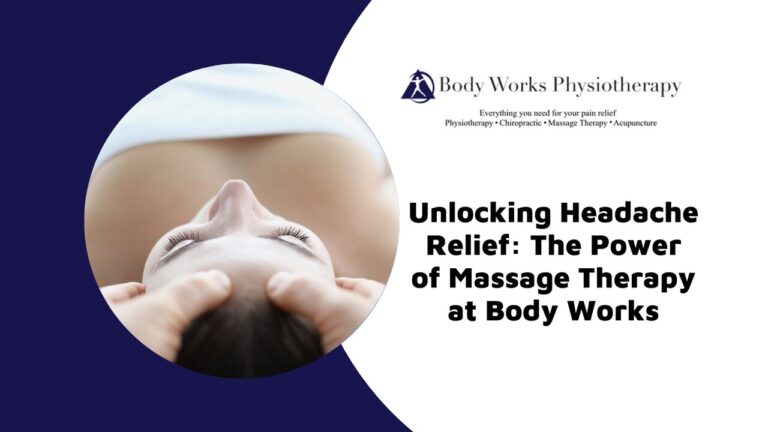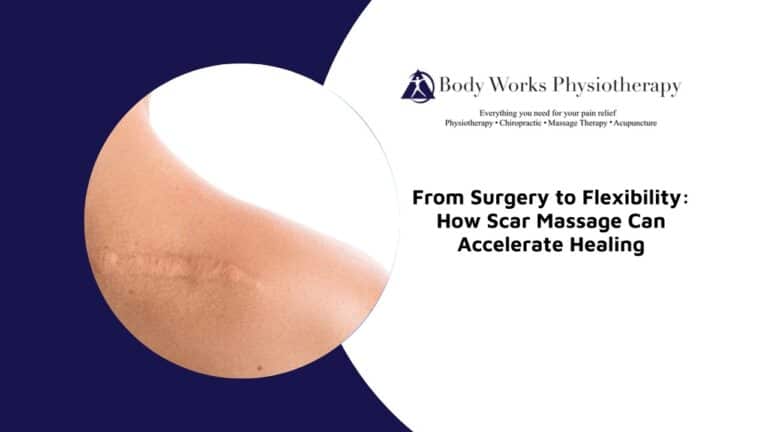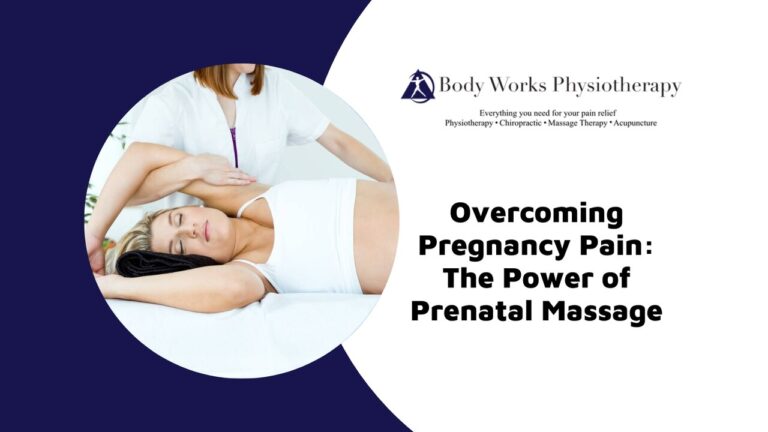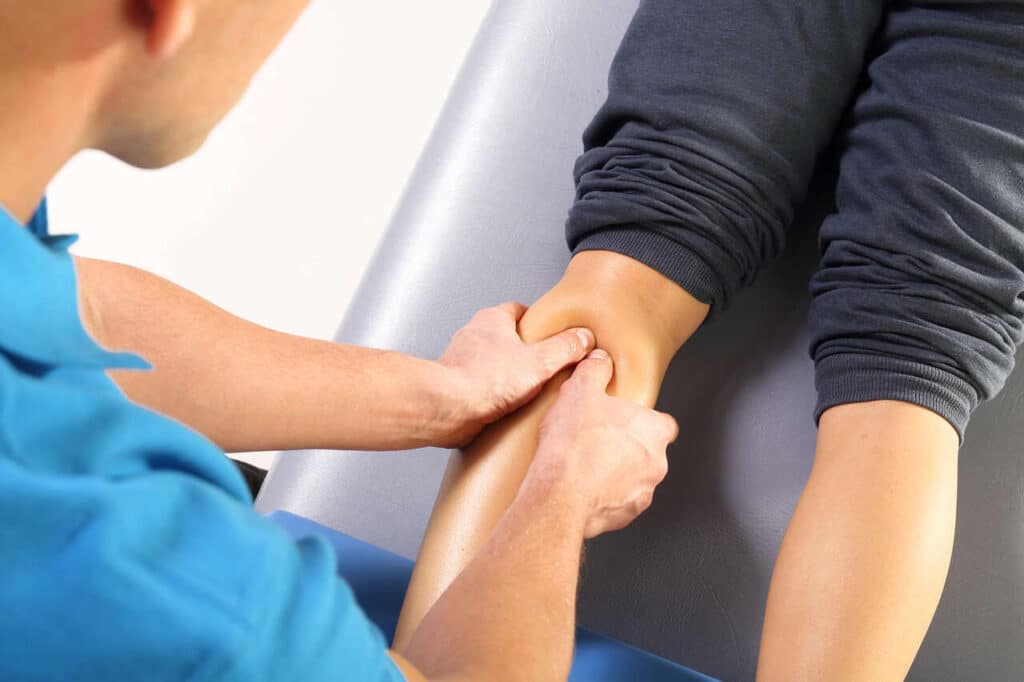
Calf pain is often associated with athletes, but the reality is that anyone can experience discomfort in this crucial muscle group, and it can significantly impact your daily life and mobility. In this blog post, we will explore the benefits of calf massage. By understanding the causes of calf pain and how massage therapy can help, you can take proactive steps to enhance your well-being and prevent future discomfort.
Causes of Calf Pain
Pain in the calf can be caused by various factors. While tight calf muscles, calf tension, and calf injuries are common culprits of calf pain, it’s crucial to identify the root cause of discomfort to determine the most effective treatment for you.
- Muscle Strain: Muscle strain occurs when the calf muscles are overstretched or torn, often due to sudden movements or overexertion. This can result from activities such as running, jumping, or lifting heavy objects. Symptoms include sharp pain, swelling, and difficulty walking or standing on the affected leg.
- Overuse: Overuse injuries happen when the calf muscles are subjected to repetitive stress without adequate rest. This is common in athletes and individuals who engage in repetitive activities like long-distance running or cycling. Overuse can lead to inflammation, chronic pain, and muscle fatigue.
- Injuries: Direct injuries to the calf, such as falls, impacts, or accidents, can cause significant pain and damage. These injuries can range from minor bruises to severe muscle tears or fractures.
- Calf Muscle Cramps: Calf muscle cramps are sudden, involuntary contractions of the calf muscles. They can be extremely painful and are often caused by dehydration, electrolyte imbalances, or prolonged periods of physical activity.
- Serious Medical Conditions: Calf pain may also indicate serious conditions such as Deep Vein Thrombosis (DVT) and Peripheral Artery Disease (PAD). DVT involves a blood clot in the deep veins, leading to swelling, pain, and redness, with risks of pulmonary embolism. PAD results from narrowed arteries, reducing blood flow and causing pain, cramping, and weakness, especially during physical activity. Both require immediate medical attention.
Massage for Calves: What to Expect
Calf massage therapy involves applying sustained, moderate pressure to tight calf muscles. During a typical session, the therapist will begin with a brief consultation to understand your specific needs and any existing conditions. This ensures the massage is tailored to address your concerns.
The therapist starts by gently warming up the calf muscles with light strokes to increase circulation and prepare the tissues for deeper work. The primary pressure point for calf massage is located in the middle of the calf muscle, about halfway between the knee and the ankle. Applying moderate pressure or deep pressure to this point can help release tight calf muscles and reduce calf tension.
Additionally, massaging around the ankle joint and along the calf muscle can enhance blood flow and relieve calf pain. After the session, you may feel immediate relief, although some soreness can occur as the muscles adjust to the treatment.
Benefits of Massage Therapy for Calf Pain
Massage therapy can effectively help tight calves by offering a range of benefits that improve muscle health and overall well-being:
- Alleviate Muscle Tension: Massage therapy helps to relax tight muscles by increasing blood flow and reducing muscle tension. Massage techniques target specific muscle fibres, helping to relieve pain and improve comfort.
- Improve Flexibility: Regular massage therapy can enhance muscle flexibility and range of motion. By loosening tight muscles and breaking down adhesions, massage allows for greater ease of movement, which is particularly beneficial for athletes and active individuals.
- Personalized treatment: Different massage techniques, such as deep pressure or gentle pressure, can be customized based on the severity of the calf pain and the individual’s comfort level. A personalized approach ensures that the treatment is effective and tailored to meet the specific needs of each person.
- Injury Prevention: Massage therapy can help prevent injuries by addressing muscle imbalances and areas of tension before they become problematic. Regular massages can keep muscles healthy, improve posture, and enhance overall physical performance, thereby reducing the likelihood of injury.
Tips for Relieving Calf Pain at Home
Effectively managing calf pain at home involves utilizing a combination of techniques. Here are some methods to help alleviate discomfort and promote healing:
- RICE: The RICE method (rest, ice, compression, and elevation) is a standard first-aid treatment for muscle injuries. Rest helps prevent further injury, ice reduces inflammation and numbs the pain, compression (with a bandage) minimizes swelling, and elevation helps reduce blood flow to the area to decrease swelling.
- Stretching: Gentle stretching exercises can help alleviate tension in the calf muscles and improve flexibility. Incorporate stretches such as calf raises, wall stretches, and seated calf stretches. Hold each stretch for 15-30 seconds and repeat several times a day to maintain muscle elasticity and reduce pain.
- Heat Therapy: Using heat therapy for the affected area can help relax tight muscles, increase blood flow, and reduce pain. Use a warm towel, heating pad, or take a warm bath to apply heat therapy. This method is particularly effective for chronic muscle pain and stiffness.
- Over-the-counter Pain Relief Medication: Non-prescription medications can help reduce calf pain and inflammation. Always follow the recommended dosage and consult with a healthcare professional if you have any concerns or pre-existing conditions that may be affected by these medications.
Managing Massage Pain: What to Avoid
Several activities and lifestyle factors can exacerbate pain in the calves and should be avoided. These include:
- Prolonged Periods of Sitting or Standing: Spending long hours sitting or standing can lead to poor circulation and increased pressure in the calf muscles. This can cause stiffness, swelling, and pain. To mitigate this, take regular breaks to walk around and stretch, and use ergonomic supports if necessary.
- Inadequate Stretching Before Physical Activity: Failing to stretch properly before engaging in physical activity can lead to tight calf muscles and an increased risk of strains and injuries. Incorporate a thorough warm-up routine that includes dynamic stretching to prepare your muscles for exercise and improve flexibility.
- Wearing Improper Footwear: Shoes that do not provide adequate support or cushioning can contribute to calf pain by placing undue stress on the calf muscles and Achilles tendon. Opt for footwear that fits well and offers proper arch support, especially during physical activities. High heels and unsupportive flats should be avoided for prolonged wear.
- Ankle Hypomobility: Ankle hypomobility or restricted ankle movements can contribute to tight calf muscles and calf tension. Limited mobility in the ankle joint can cause compensatory strain on the calf muscles, leading to pain and discomfort. Regular stretching and mobility exercises for the ankle can help improve range of motion and reduce stress on the calves. Consider incorporating exercises such as ankle circles, calf raises, and resistance band stretches to enhance ankle flexibility.
Maintaining an active lifestyle, incorporating regular stretching exercises, and wearing supportive shoes can also help prevent calf pain. Additionally, addressing any underlying ankle injuries or conditions affecting the ankle joint is crucial for managing and preventing calf pain.
Don’t Let Pain Dictate Your Life
Calf pain can significantly impact your daily activities, making it difficult to walk, run, or even stand comfortably. This persistent discomfort can limit your mobility and reduce your overall quality of life.
At Body Works Physiotherapy, our dedicated Scarborough team is ready to provide you with personalized calf massage therapy to relieve your pain and restore your mobility. Contact us today to schedule your appointment and leave pain in the rearview.

